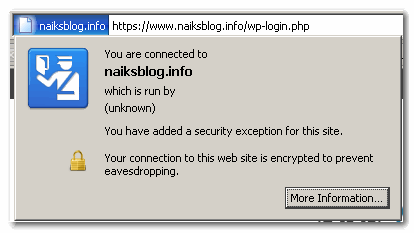Last whole week I was stumbled by the fact that my home network with 3 PCs suddenly stopped working. None of them were able to “see” each other, except for a little while… strange.
Technically (since it is easier to describe), A, B, C – my 3 computers – could reach each other, share files, host apache, download files without any extra configuration.
Last week, however while using C’s http server from A suddenly stopped. Puzzled, I thought the machine might be overloaded, or something like this must be causing page to timeout, or apache must have hanged (does it?). But things seemed to be working OK on C, in fact top showed a load average below 1 ?
Further puzzled, I tried pinging A to C, and vice-versa. It worked… but only for a while. Pinging after a while seemed to stop. Huh?
Scourging over the Internet wasn’t easy for answer. Maybe my way of searching was wrong, but I did spent a good week trying to fish out the ping issue, then next to dig deeper to find that accessing C’s IP from outside (it already has a global ip; though dynamic, paired through dyndns to the world) worked. Now each of them – A, B, C – have no internal 192.168 ip’s, just public ip’s. What good are public ip’s if I have to access them from outside than just sitting home?
Something was wrong.
To cut short, I called the ISP, asked them if they have changed anything recently (well, I was using A, B, C sharing files for over 6 months now). My ISP reported that no such upgrade, or settings were done. Deeply mad about this situation, I chose to disable the firewall (Eset Nod32) on A, and then tryout the ping – which worked effortlessly to C, and back.
What the hell! Why did Nod32 suddenly seem to block my own A, B, C from seeing each other? ARP Poisioning? I don’t know, only thing I know is that it shouldn’t block them. 🙂
Well, atleast things are fine now. I’ve changed settings on Nod32 to Not block threat detected addresses henceforth.
